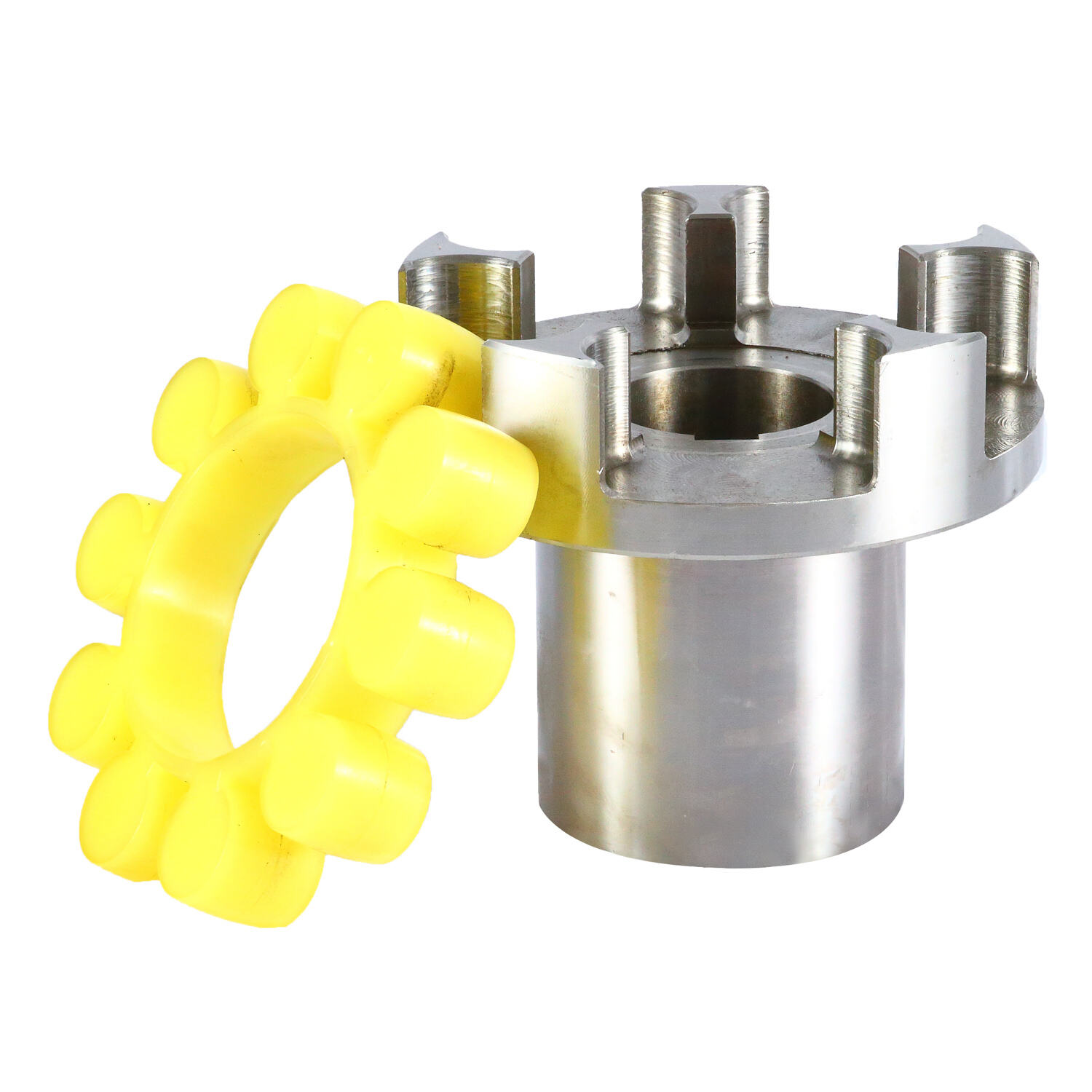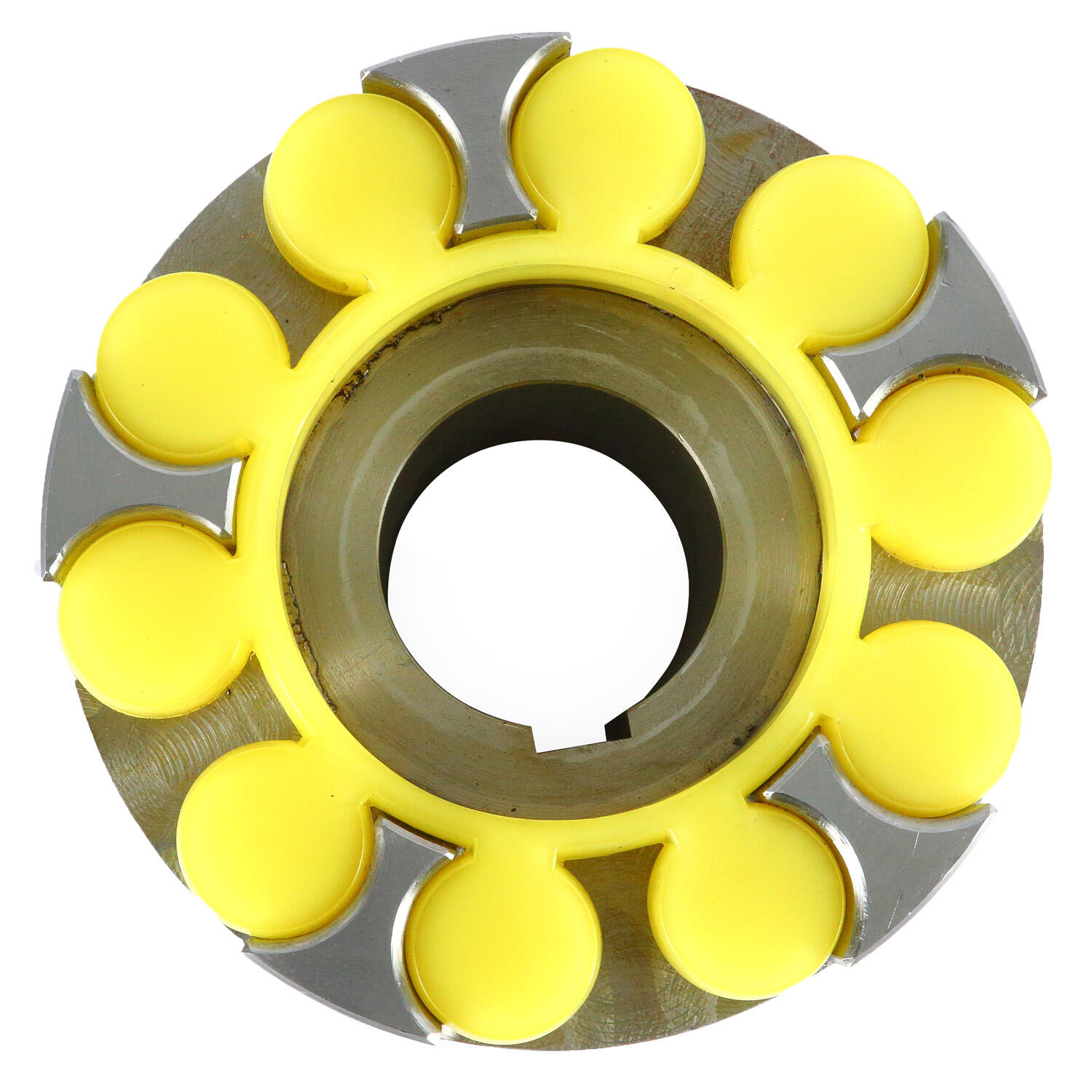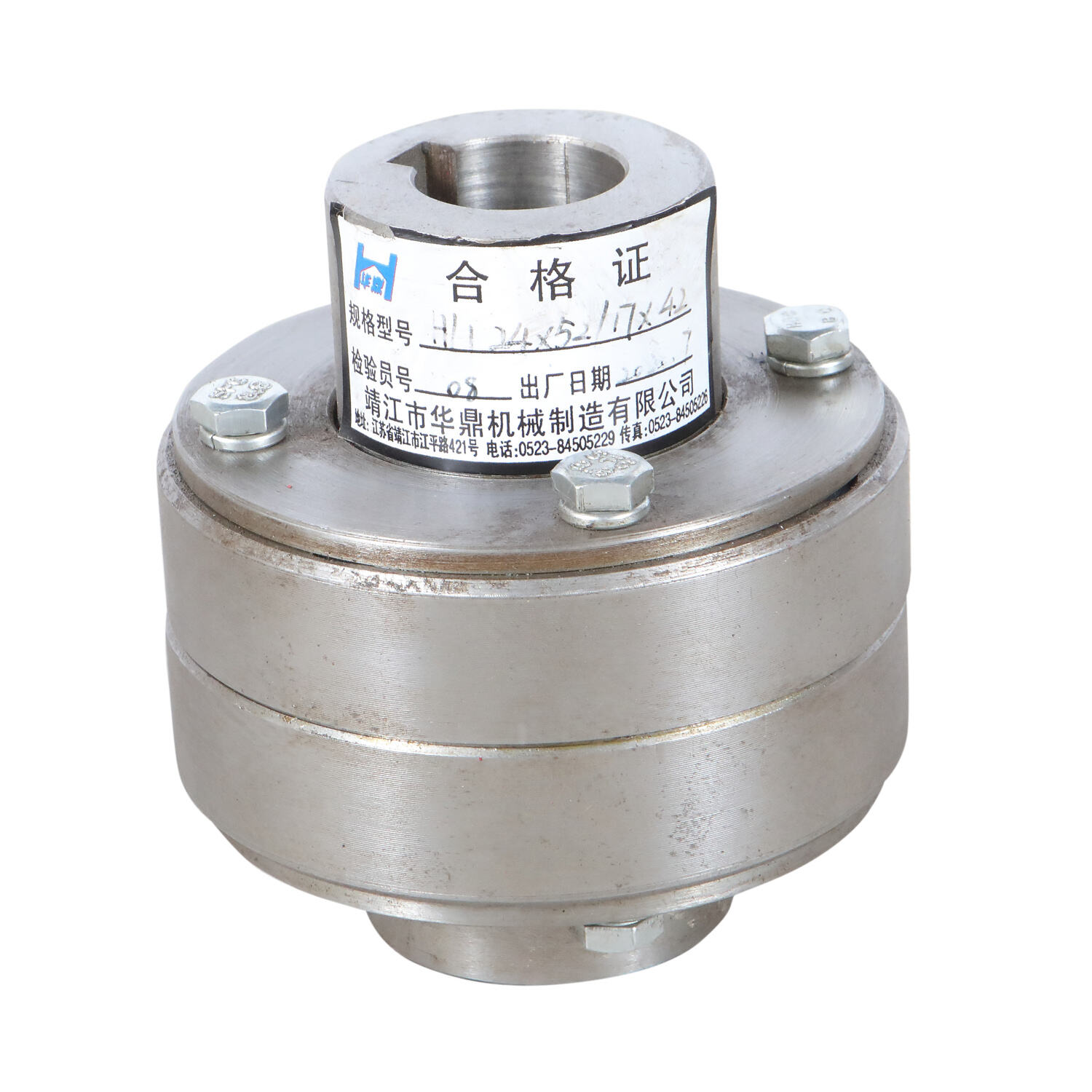rubber flexible shaft coupling
A rubber flexible shaft coupling is an essential mechanical component designed to connect and transmit rotational power between two shafts while accommodating misalignment and reducing vibration. This versatile coupling consists of a rubber element sandwiched between metal hubs, creating a flexible connection that can absorb shock loads and dampen system vibrations. The rubber element, typically made from high-grade elastomers, allows for angular, parallel, and axial misalignment while maintaining efficient power transmission. These couplings are engineered to operate effectively in various industrial applications, from pumps and compressors to generators and manufacturing equipment. The design incorporates specific features that ensure optimal performance, including reinforced rubber compounds for enhanced durability, precision-machined metal components for proper fit, and carefully calculated geometries for balanced load distribution. The coupling's ability to handle speed variations and intermittent peak loads makes it particularly valuable in applications where equipment protection and smooth operation are crucial. Additionally, the rubber element acts as an electrical insulator, preventing current flow between connected equipment, which can be beneficial in certain installations where electrical isolation is required.


